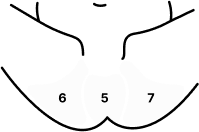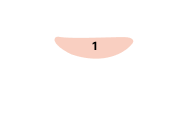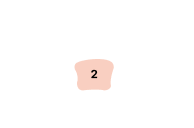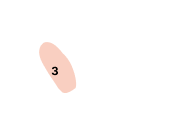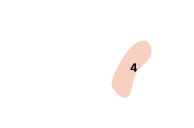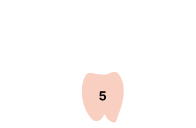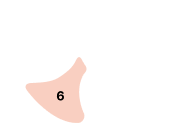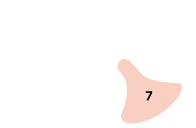Discover Tips for Your Baby’s Diapered Skin Care Needs
We are committed to your baby’s skin health, which is why we created My Diaper Rash Care Guide. By taking our 5-minute quiz and sharing a few details, we can provide information that may help you care for your baby’s diapered skin.
Note: This quiz is designed to talk about rashes in the diaper area. If your baby has a rash outside the diaper area, we suggest reaching out to your healthcare professional.
* I have read and I agree to the Medical and Privacy Disclaimer
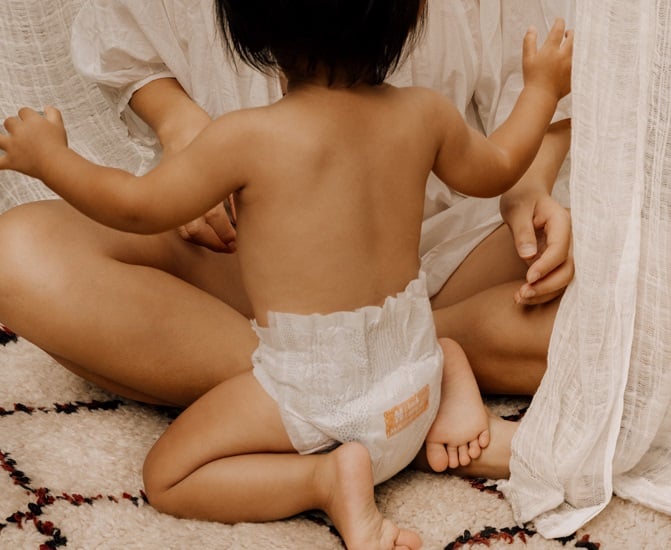



Healthcare Professionals and Huggies® Scientists


Rash Location
Where is your baby’s rash?
Please select all that apply from options 1-7
Rash Appearance
Rash and Skin Tone
Skin tone affects how rashes appear. Please select the tone that looks closest to your baby’s skin. The next screen will show how common skin conditions look on the tone you pick.
Rash Appearance
What does the rash look like on your baby?
Please choose the words that most closely describe your baby’s rash. The images are just an example of what the rash might look like. Your baby’s rash may not look exactly like the image. Please pick one.
Behavior Changes
How is the rash affecting your baby?
Please pick all that apply
Other Changes
Are there other things going on?
Please pick all that apply
We are getting your results ready!
Would you like to get your baby’s rash guide summary on email?

Moving Away?
Your answers to the quiz questions will not be saved. Are you sure you want to move away?
